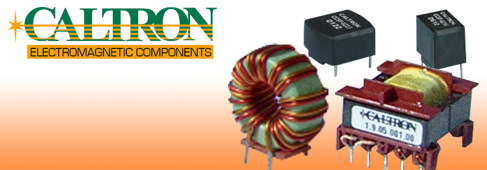Prodotti
Introduction And General Information
As early as the first space flights it was noticed that a reliable flight mission of these complex systems can only be achieved if sufficient account is taken of the reciprocal interference effects between the own complex and sensitive part systems. The systems must be designed compatible both with regard to the self-created (internal interference suppression) as well as with regard to the interference to be expected from outside (external interference protection). In this context the term "Electro-magnetic compatibility" (EMC) developed which has progressed from an originally to a major extent theoretic term into a factor that today it is hard to imagine being without even in practice.
Definition as per IEC 61000-1-1 or DIN VDE 0870 :
|
The electro-magnetic compatibility (EMC) is the capability of an electrical facility, installation, device, structural component to function satisfactorily in its electro-magnetic environment without influencing this environment in an unauthorised manner. |
In this respect the world-wide applicable EMC regulations state that as from lst January 1997 all electrical and electronic devices and installations may only be brought onto the market or distributed in the EU States if they are EMC conform.
Symmetric / asymmetric interferences
Current compensated chokes
 |
 |
|
|
Current-compensated switched interference suppression toroidal core chokes The magnetic fluxes (I) 1 and (I) 2 created by the nominal current cancel each other out reciprocally. The choke will not become saturated through the nominal current I and can have a high inductance value at the same time. The full inductance which can reach high values (1_, = 1-100 mH) then has an effect for all asymmetric interference components. Here only the leakage inductance (approx. L„ / 100) has an effect with respect to symmetric interference factors. In the asymmetric interference system the current path runs via both conductors UN through to the earth E. |
Non current-compensated switched interference suppression toroidal core chokes With individual windings a high flux density is achieved even with low useful currents. In this respect the permeability becomes saturated very early(p, = 1). In this area the coil only has the impedance of a similarly structured air-core coil with regard to each smallest current alteration. Consequently it is only suitable for applications with low inductance requirement. Only the relatively low inductance (LN = 0.1-1 mH) then has an effect for symmetric and asymmetric interference systems. In the symmetric interference system the current path runs exclusively between the two conductors L to N. |

